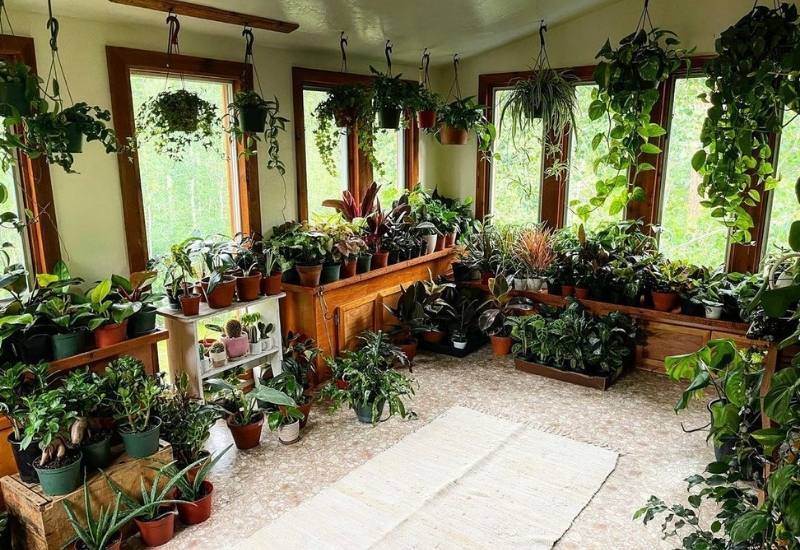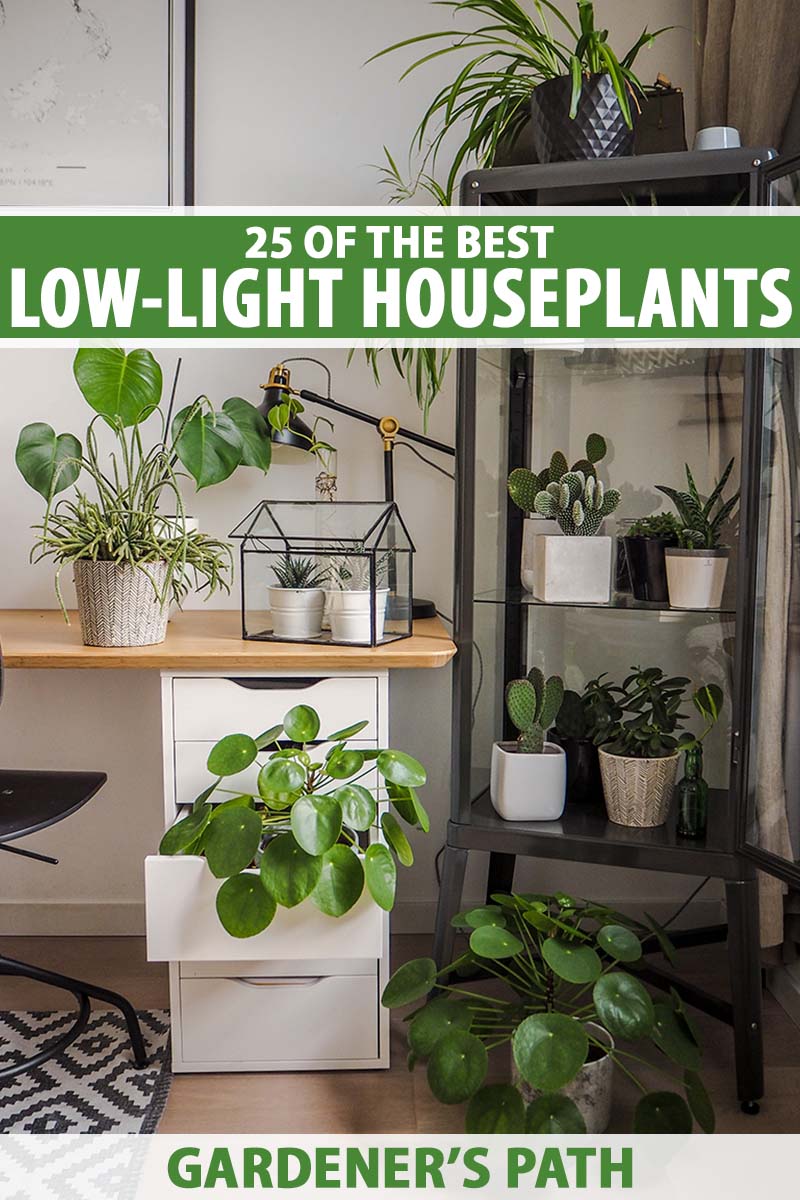The Best Low-Light Indoor Plants to Improve Your Home’s Air Quality
The Best Low-Light Indoor Plants to Improve Your Home’s Air Quality
Blog Article
Explore the One-of-a-kind Benefits of Low-Light Indoor Plants for Your Living Space
Incorporating low-light indoor plants into your living area supplies a multitude of benefits that prolong much past mere visual appeals. These sturdy plants not just prosper in settings with limited sunlight however likewise offer essential features such as air filtration and moisture improvement.
Air Filtration Benefits
Low-light interior plants not just boost the visual appeal of living areas however likewise play a substantial duty in air filtration. Study has actually shown that particular plant varieties can efficiently remove typical interior toxins, consisting of trichloroethylene, formaldehyde, and benzene. These compounds commonly rise from family products such as furniture, cleaning products, and building materials, adding to indoor air quality issues.
Plants such as the serpent plant, pothos, and tranquility lily are particularly proficient at filtering system hazardous materials from the air while growing in low-light conditions. The procedure of phytoremediation, wherein plants take in and metabolize contaminants, enables these types to add substantially to a much healthier indoor environment. Furthermore, via photosynthesis, plants release oxygen, even more improving air quality.
Including low-light interior plants right into office or home spaces not only provides visual benefits yet additionally acts as a useful strategy for enhancing air quality. By picking the ideal species, people can develop an atmosphere that promotes health and decreases direct exposure to dangerous pollutants, making these plants an important component in modern indoor living.

Mood Enhancement Effects
Numerous studies have actually revealed that incorporating indoor plants can significantly boost state of mind and general psychological well-being. The visibility of plant in indoor environments has actually been connected to lowered anxiety levels, increased sensations of calmness, and improved psychological health and wellness. Low-light indoor plants, in particular, thrive in environments where all-natural light is restricted, making them perfect for numerous living areas.
Research shows that engaging with plants can stimulate the launch of serotonin, a neurotransmitter connected with feelings of joy and well-being. In addition, the act of taking care of plants fosters a feeling of responsibility and success, additional adding to positive psychological health and wellness outcomes. In addition, low-light plants such as snake plants, pothos, and tranquility lilies have been revealed to improve air top quality, which is intrinsically connected to state of mind improvement.
Integrating these plants into your home or workplace can create a tranquil environment, providing a visual and sensory getaway from the pressure of everyday life - Best low-light indoor plants. As individuals invest raising amounts of time inside your home, the mood-enhancing results of low-light indoor plants end up being also more important, supplying not only visual appeal however likewise an extensive influence on emotional wellness
Reduced Upkeep Requirements
For those seeking to improve their interior spaces without a considerable time dedication, low-light interior plants are a perfect option as a result of their reduced upkeep requirements. These resilient plants prosper in less-than-ideal lights problems, making them perfect for offices and homes where natural sunlight is limited.

Pest resistance is another benefit of low-light interior plants. redirected here Several varieties are less prone to usual pests, minimizing the need for continuous surveillance and intervention. Additionally, these plants normally expand extra slowly than their high-light counterparts, meaning less regular repotting and pruning are needed.
Aesthetic Appeal and Versatility

Additionally, these plants can be arranged in myriad ways, whether in groups for a rich impact or as standalone more tips here functions to draw the eye. The choices of planter styles-- from smooth ceramic pots to rustic wooden containers-- even more improve their aesthetic value, enabling house owners to share their individual style.
Additionally, low-light plants can be tactically put in areas that may otherwise feel ignored, such as corners or poorly lit racks, thereby maximizing their ornamental capacity. Ultimately, the mix of their striking look and versatility makes low-light indoor plants an important addition to any kind of space, producing a welcoming atmosphere that advertises health and leisure.
Boosted Humidity Degrees
Enhancing interior humidity levels is one of the substantial benefits of integrating low-light interior plants into living rooms. These plants naturally launch moisture vapor through a process referred to as transpiration, which happens when water absorbed by the origins relocates through the plant and vaporizes from the leaves. This process not just boosts humidity yet likewise contributes to a much healthier indoor environment.
Better humidity degrees can ease different health problems, such as dry skin, respiratory system issues, and allergic reactions. Lots of individuals experience pain in arid indoor conditions, especially during cold weather when heating unit remain in use. By strategically positioning low-light plants throughout your home, you can create an extra balanced moisture degree that promotes total well-being.
Additionally, certain low-light interior plants, like peace lilies and spider plants, are specifically effective at boosting humidity. Their capability to grow in low-light environments makes them excellent for various areas, from workplaces to bedrooms. In enhancement to boosting moisture, these plants can additionally improve air high advice quality by straining common interior toxins, making them a valuable addition to any kind of living space. Thus, low-light interior plants offer both practical and visual objectives, promoting a healthier environment.
Verdict
In recap, low-light interior plants provide various advantages that add to a healthier and more welcoming living area. Incorporating these resilient plants right into indoor settings not only boosts the ambiance but also promotes overall health, developing a serene haven for residents.
Plants such as the snake plant, pothos, and peace lily are especially adept at filtering system harmful compounds from the air while flourishing in low-light conditions. Low-light plants such as snake plants, pothos, and peace lilies have actually been shown to boost air high quality, which is inherently linked to state of mind enhancement.
Low-light interior plants, such as snake plants, pothos, and ZZ plants, not only improve the visual landscape of a space but likewise present different appearances and shades of environment-friendly that can complement varied interior styles. These plants normally release wetness vapor through a process understood as transpiration, which occurs when water taken in by the origins moves with the plant and vaporizes from the leaves.Additionally, certain low-light indoor plants, like tranquility lilies and crawler plants, are particularly efficient at increasing humidity.
Report this page